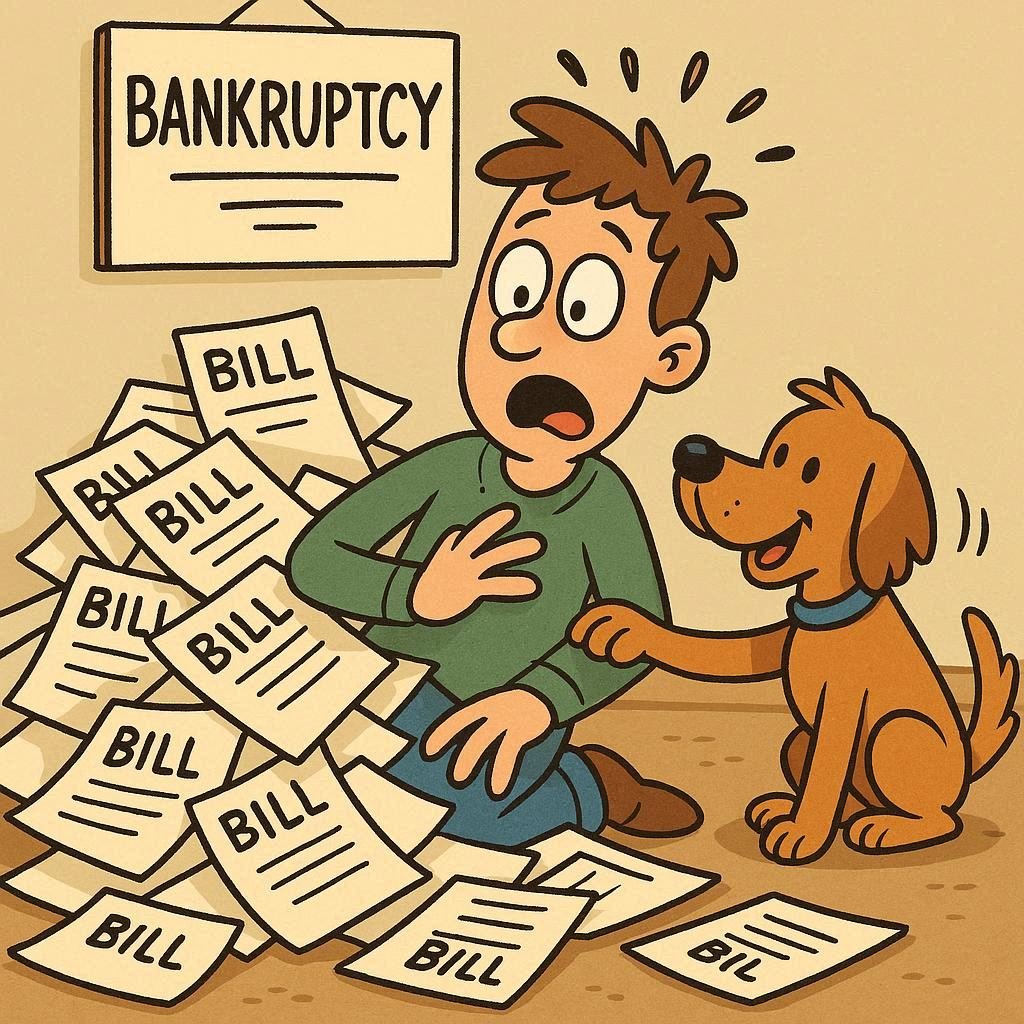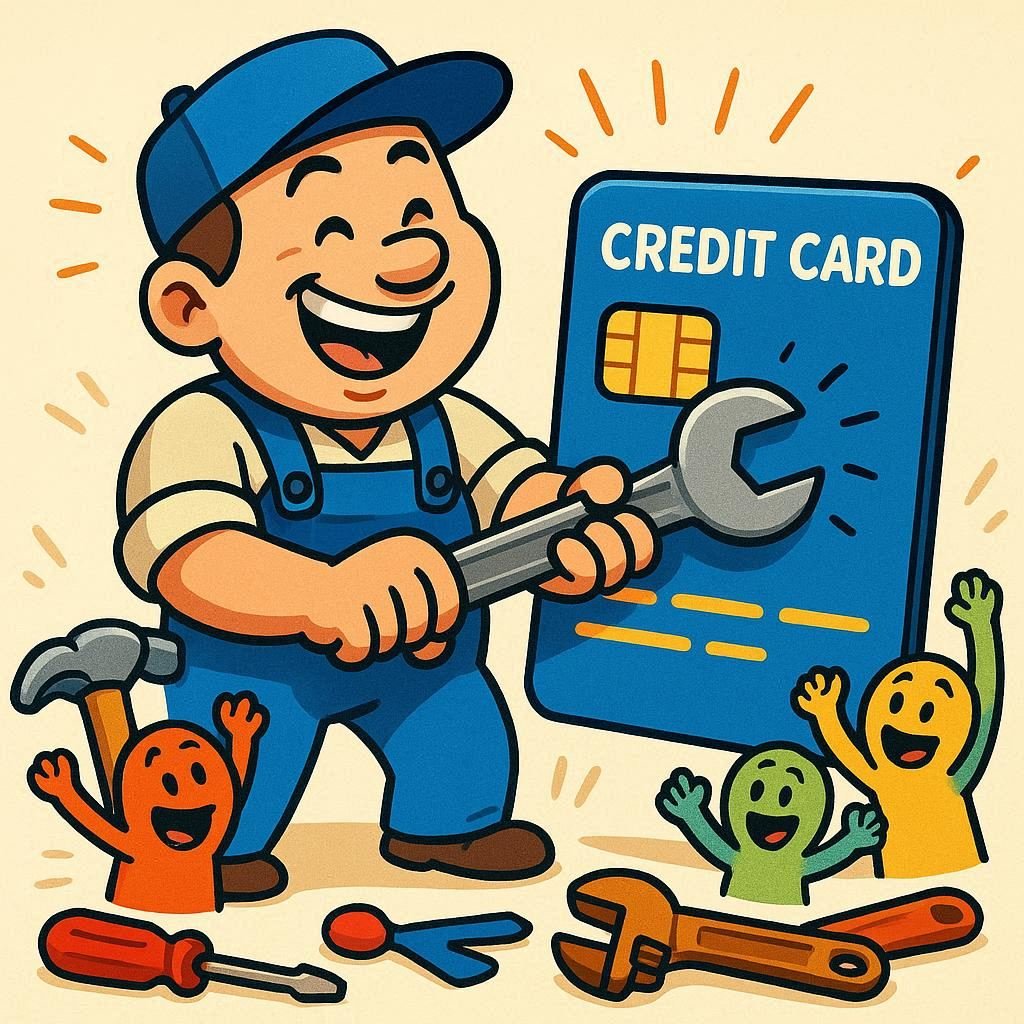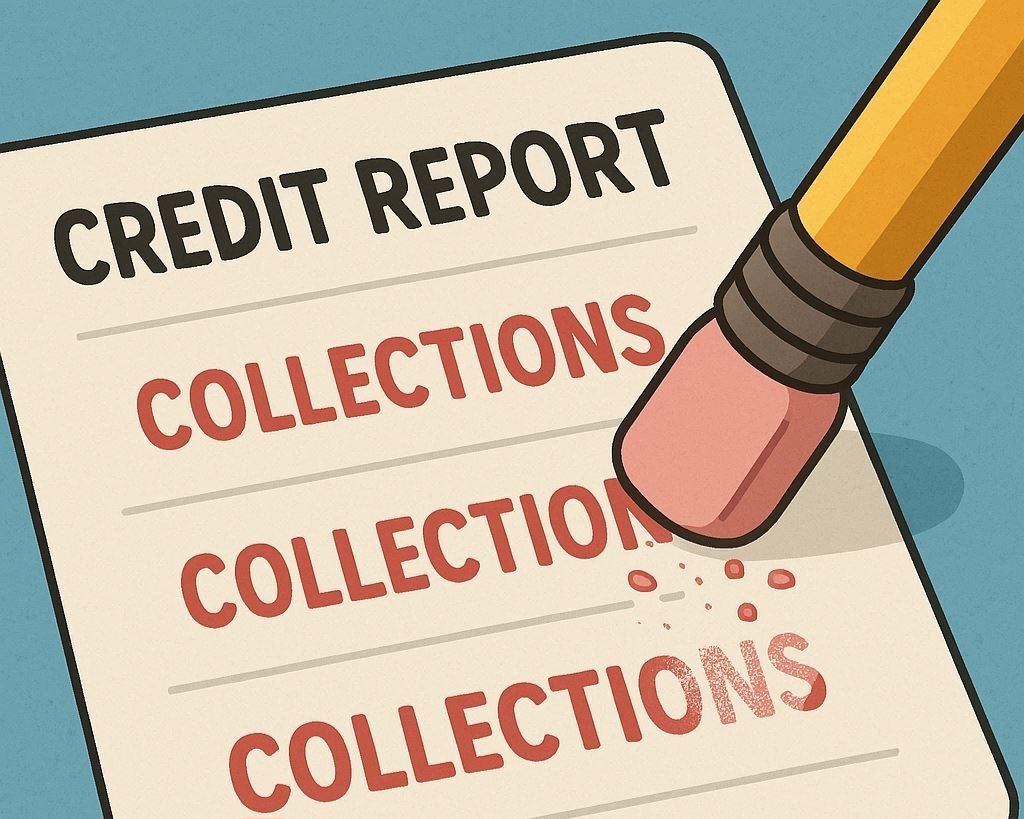Bankruptcy can be one of the most stressful financial decisions you’ll ever face. It’s often surrounded by fear, confusion, and a lot of myths. While it’s not something anyone dreams of doing, it can also be a powerful tool to reset your financial life when debt has become completely unmanageable. This post will help you understand what bankruptcy is, the different types, and what you can expect if you choose to file.
What Is Bankruptcy?
Bankruptcy is a legal process that helps individuals or businesses who can’t pay their debts. When you file, a federal bankruptcy court evaluates your financial situation and decides how your debts should be handled—this might include discharging certain debts, creating a repayment plan, or liquidating assets to pay creditors. Bankruptcy laws are designed to give people a fresh start while ensuring creditors get as much repayment as possible under the circumstances.
The Two Main Types of Bankruptcy for Individuals
For most individuals, bankruptcy comes down to two main types: Chapter 7 and Chapter 13. Each works differently, and which one you qualify for depends on your income, debts, and assets.
Chapter 7 Bankruptcy
Chapter 7 is often called “liquidation bankruptcy.” In this process, the court may sell (liquidate) some of your non-exempt assets to repay creditors. Many people who file for Chapter 7 don’t actually lose much property because many assets are protected under exemption laws. This process usually lasts three to six months, and most unsecured debts—like credit card balances and medical bills—are completely discharged.
Chapter 13 Bankruptcy
Chapter 13 is known as a “wage earner’s plan.” Instead of liquidating your assets, you agree to repay your debts (or a portion of them) through a court-approved repayment plan lasting three to five years. This option can be useful if you have a steady income and want to keep assets like your home or car while catching up on missed payments.
Pros and Cons of Filing for Bankruptcy
Bankruptcy can give you relief, but it’s not a decision to take lightly. Here are some pros and cons to consider.
Pros
- Immediate relief from creditor harassment through an “automatic stay.”
- Possibility to discharge unsecured debts entirely.
- Chance to protect key assets through exemptions.
- A fresh financial start, allowing you to rebuild credit over time.
Cons
- Stays on your credit report for up to 10 years (Chapter 7) or 7 years (Chapter 13).
- Can make it harder to get loans, credit, or housing in the short term.
- Some debts—like student loans, child support, and certain taxes—are generally not dischargeable.
- The process can be stressful and emotionally draining.
What Happens After You File?
Once you file for bankruptcy, the court issues an “automatic stay,” which stops most collection actions immediately. This means no more collection calls, wage garnishments, or lawsuits while your case is being reviewed. You’ll attend a meeting of creditors, where your bankruptcy trustee and any creditors can ask questions about your finances. In most Chapter 7 cases, eligible debts are discharged within a few months. In Chapter 13, you’ll make regular payments to a trustee who distributes them to creditors until your plan is complete.
Life After Bankruptcy
Many people fear they’ll never recover financially after bankruptcy, but that’s simply not true. While your credit score will take a hit, you can start rebuilding almost immediately by paying bills on time, keeping credit utilization low, and possibly getting a secured credit card to show positive payment history. Over time, your score can improve significantly—sometimes even better than before filing if you were deep in delinquent accounts before.
Alternatives to Bankruptcy
Bankruptcy isn’t the only option when you’re drowning in debt. You might also consider:
- Debt consolidation loans
- Negotiating directly with creditors for lower payments or settlements
- Working with a nonprofit credit counseling agency
- Debt management plans
Each option has its own risks and benefits, and what works best depends on your situation.
Final Thoughts
Bankruptcy is not the end—it’s a legal tool designed to give you a chance to reset your finances. If you’re facing overwhelming debt, the best next step is to get advice from a qualified bankruptcy attorney who can review your specific situation. While it does come with consequences, it can also be the turning point toward a more stable financial future.
For more detailed information, visit the U.S. Courts Bankruptcy Basics page, which provides official explanations of the process.





